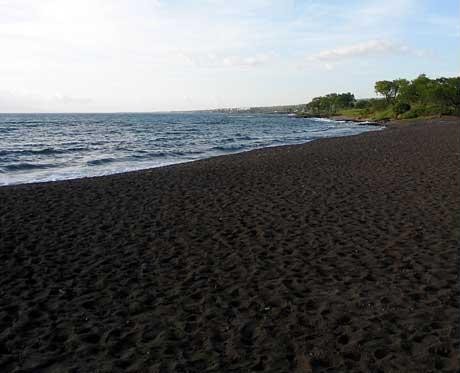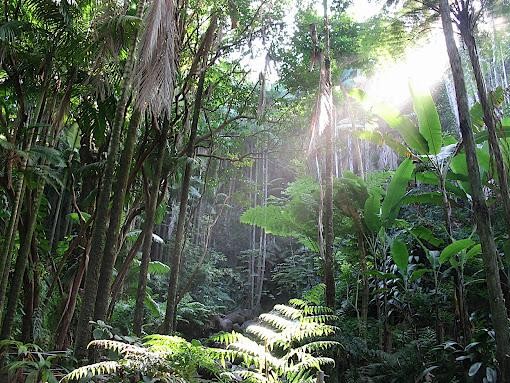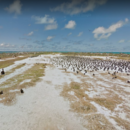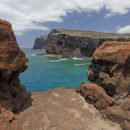 The Puuhonua o Honaunau National Historical Park is a 182-acre park full of archeological sites and reconstructions of an ancient Hawaiian "Place of Refuge." It is located on the Big Island. The site, which is considered sacred, was once home to Hawaiian royalty. It is also a place of refuge for those who broke a kapu (ancient Hawaiian law).
The Puuhonua o Honaunau National Historical Park is a 182-acre park full of archeological sites and reconstructions of an ancient Hawaiian "Place of Refuge." It is located on the Big Island. The site, which is considered sacred, was once home to Hawaiian royalty. It is also a place of refuge for those who broke a kapu (ancient Hawaiian law).
During the ancient times, the punishment for breaking the kapu, set forth by the gods, was death. But when the offender fled to a puuhonua, or place of refuge, he will be absolved by a priest and freed to leave.
The Puuhonua o Honaunau National Historical Park is one of the best-preserved places of refuge. One of the park's attractions is a reconstruction of the Hale O Keawe heiau, which was originally built by a Kona chief named Kanuha. After the death of Keawe, a great chief of Kona in the mid 16th century, his bones were entombed within the Heiau. The nobility (ali'i) of Kona continued to be buried here for 250 years. The last person buried here was a son of Kamehameha I in 1818. It was believed that the bones of the royalty buried here adds more protection to those who go to the sacred place to seek refuge. The bones were removed in the 1800s, but the place is still considered hallowed ground.
Self-guided tours are offered at the park. Aside from learning the history of the place, visitors can also get up close and personal with the many green sea turtles sunbathing on the beach.
//





